Discover 11 hidden attractions, cool sights, and unusual things to do in Bolesławiec (Poland). Don't miss out on these must-see attractions: Bolesławiec rail viaduct, Medieval tower, and Memorial stone for the construction of the sewerage system in Bolesławiec. Also, be sure to include Polish Underground State's monument in your itinerary.
Below, you can find the list of the most amazing places you should visit in Bolesławiec (Lower Silesian).
Table of Contents
Bolesławiec rail viaduct
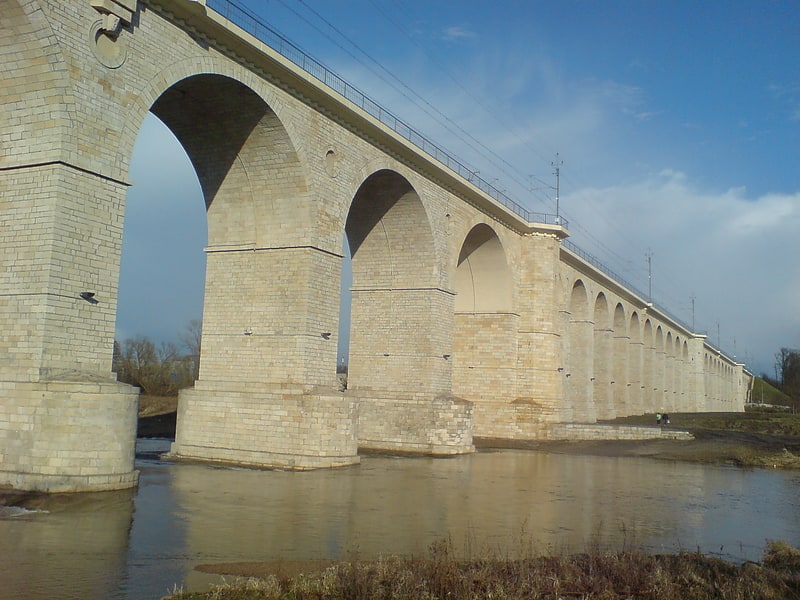
Also known as: Wiadukt kolejowy w Bolesławcu
Bridge. The Bolesławiec rail viaduct is a railway bridge over the river Bóbr in Bolesławiec in Lower Silesia, Poland.
Entirely made of stone, it is one of the longest bridges of its type in Poland and in Europe.[1]
Medieval tower
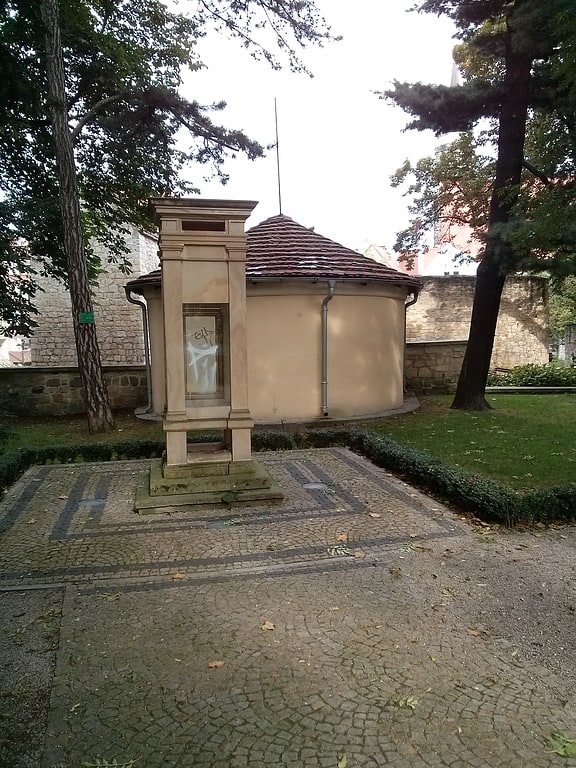
Address: 1a Bolesława Kubika, Bolesławiec
Memorial stone for the construction of the sewerage system in Bolesławiec

Memorial
Polish Underground State's monument

Historic Weather Station
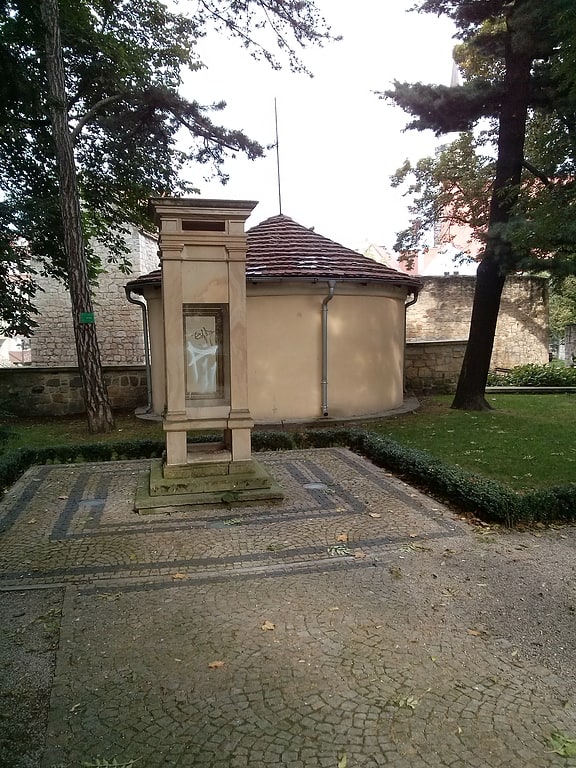
Park przy Muzeum Ceramiki
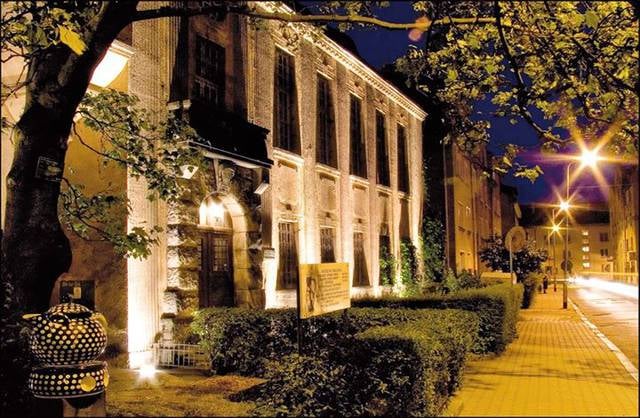
Relax in park, Park
Address: Ul. Mickiewicza 13, Bolesławiec
Fabryka Naczyń Kamionkowych „Manufaktura”

Art museum, Children's museum, Specialty museum, Tours, Museum
Address: ul. Gdanska 30, 59-700 Boleslawiec
Pomnik Obrońców Helu
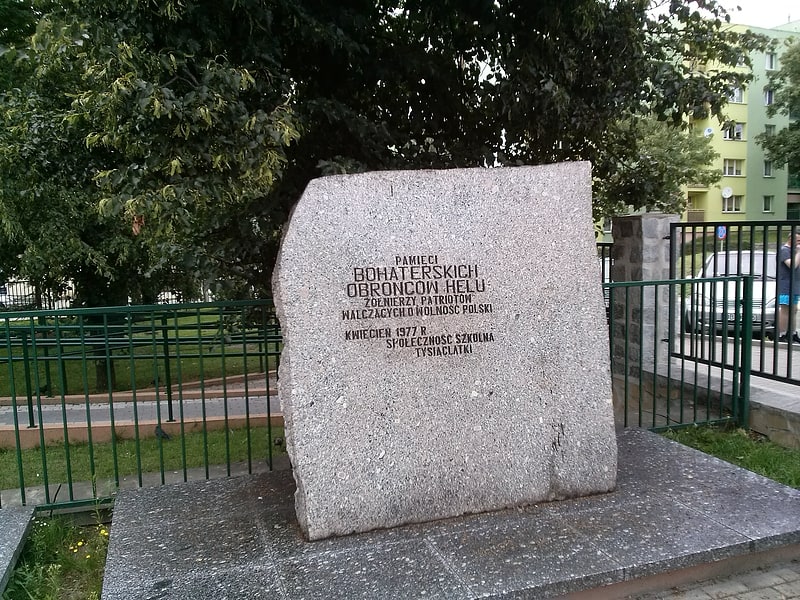
Also known as: Obrona Helu
The Battle of Hel was a World War II engagement fought from 1 September to 2 October 1939 on the Hel Peninsula, of the Baltic Sea coast, between invading German forces and defending Polish units during the German invasion of Poland. The defense of the Hel Peninsula took place around the Hel Fortified Area, a system of Polish fortifications that had been constructed in the 1930s near the interwar border with the German Third Reich.
Beginning on 20 September 1939, after the Polish Army Pomorze had been defeated in the Battle of Tuchola Forest and after other Polish coastal strongholds had capitulated in the Battle of Westerplatte, Battle of Gdynia and the Battle of Kępa Oksywska, Hel was the only substantial pocket of Polish military resistance left in northern Poland. It was also the site of the invasion's only naval surface engagement.
The Germans blockaded the defenders of the Hel Peninsula and did not launch major land operations until the end of September 1939. Some 2,800 Polish soldiers under Rear Admiral Włodzimierz Steyer, part of the Land Coastal Defence formation, defended the Hel Fortified Area for about 32 days, until they surrendered due to low supplies and morale.[2]
Pomnik Pionierów Polskiej Miedzi
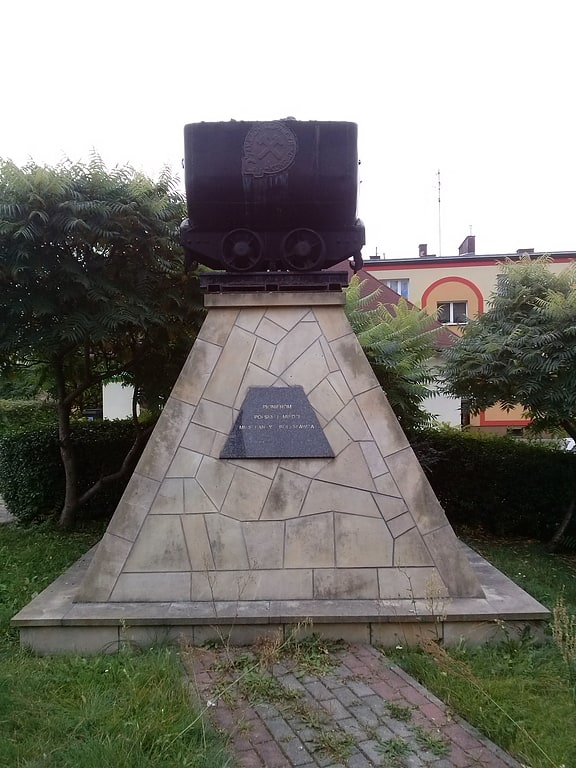
Memorial
Figura Świętej Katarzyny
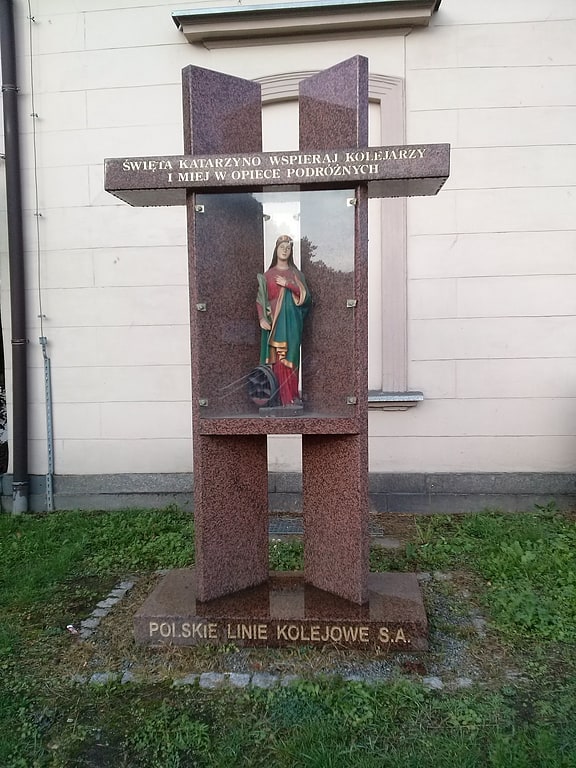
Memorial
Głaz Polskiego Czerwonego Krzyża
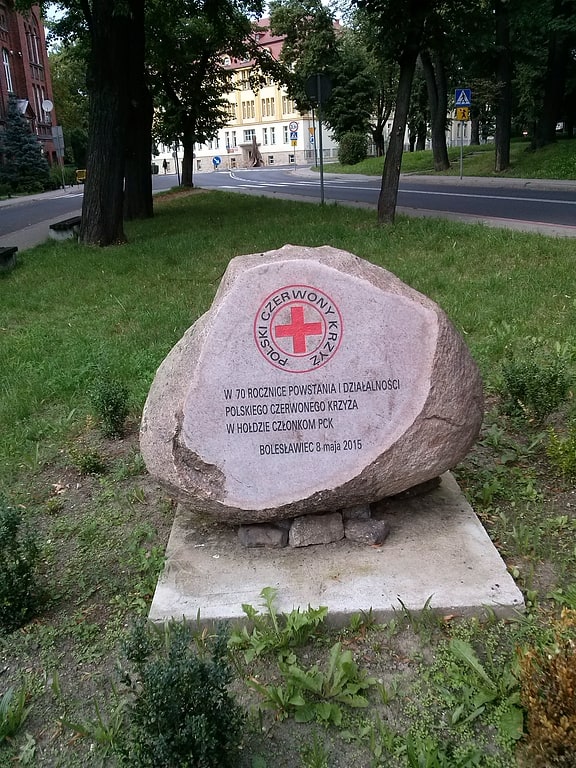
Memorial